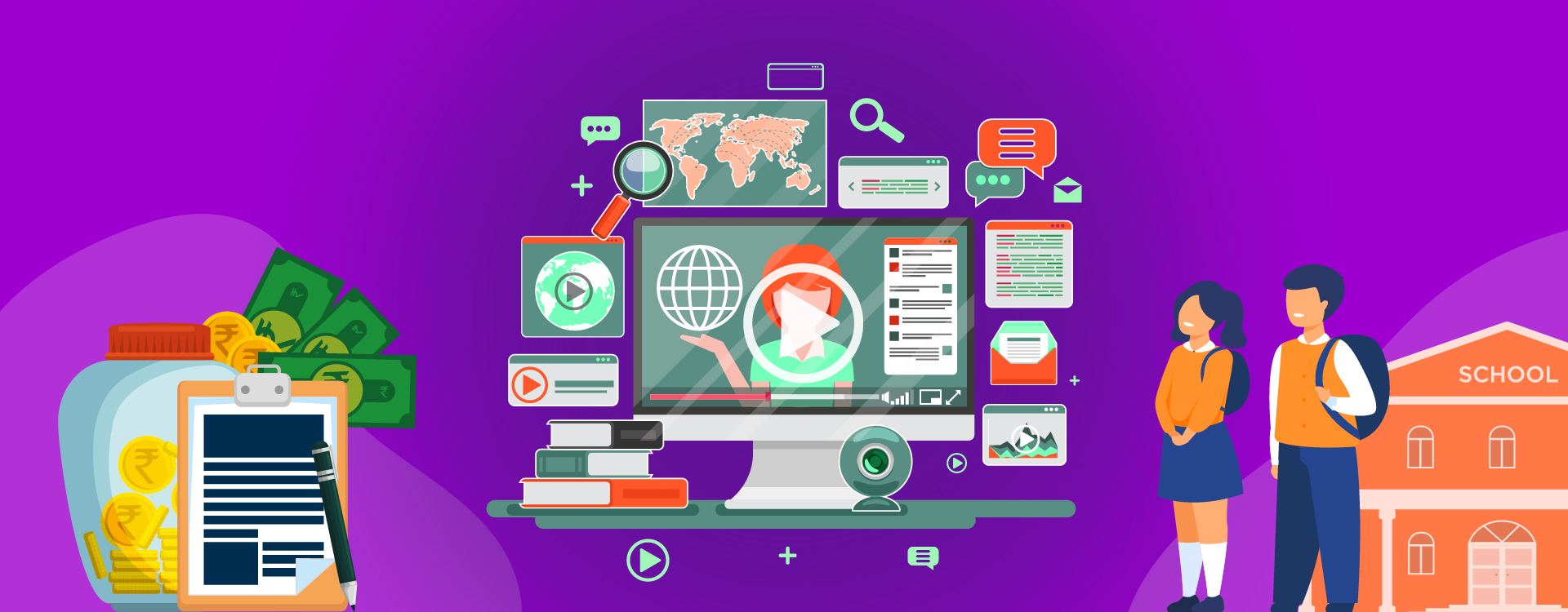Adopting digital and technological changes has become a crucial process in everyday life. And over the past few years, edtech has become a rapidly growing technology sector. Today, every educational institution needs to use digital technology to some extent, whether in traditional schools, academic start-ups or even for individual teachers. In fact, teachers and edtech entrepreneurs already use at least some online learning methods, participation, assessment and grading in their bids to adopt this technological change ushered in by edtech.
Traditional Education is Incorporating Edtech
Traditional educational institutions are gradually evolving to offer e-learning opportunities. However, the COVID-19 pandemic accelerated this process by forcing the education industry to provide learning services such as digital communication applications and essential online tools for conducting e-classes and assessment modes. With this tectonic shift, educational institutions are also seeking technical advancement by undertaking digital textbooks and various other research resources for students.
Many educational entities are expected to turn to edtech shortly, but most of them face budget issues and challenges. This has become the biggest hurdle for education technology companies to develop their customer base and acquire new customers. To address these challenges, edtech companies can use various methods like cheaper pricing standards, offering free sample products/services to end-users and combining other revenue-generating opportunities with them.
So, let’s delve deep tint the nitty-gritty of this segment and the sustainable way to generate money for small businesses.
‘‘
A business owner needs to find a suitable business model that takes advantage of the unique benefits and offers a lasting competitive edge to it.
Edtech is Endlessly Adaptable for the Education Industry
Setting up a pricing strategy is the biggest challenge of the new edtech start-ups or companies soloing to switch to the sector. Without a large membership flow, businesses cannot use their pricing strategy to test complex price groups for different categories or surveys.
One way to visualize the value of educational institutions responsible for edtech is to ask some fundamental questions-
Does the price allow you to turn a profit, given your business model?
Do people think the price is suitable for the product you offer?
Are consumers willing to pay for products received?
The exact price of any service or product depends on the business model. A company’s primary goal is not to generate sales revenue but to generate profits. When an entrepreneur visually evaluates her/his products solely from the competitors’ POV, s/he subconsciously ignores the fundamental differences between capital, cost, strategy and business that are unique for indicial enterprises.
Price Parameters and Market Strategy
Edtech and education businesses have a wide array of options to choose from while selling their services. They can use a premium model, charge a fee for their courses, or use the subscription model that can be prepaid monthly or annually to cover the services’ cost. In effect, a business owner needs to find a suitable business model that takes advantage of the unique benefits and offers a lasting competitive edge to it.
These are some of the ways to ensure a sustainable remuneration for business services-
Maintain the expectation of prices
Most of the edtech start-ups and beginner tutorials fall into the significant category of online classes and education resources, with slight differences or site-specific nuances of each business. However, each product category needs to meet the customer expectations individually, especially price expectations. This means a high-value client regarding a niche subject that will be of great personal advantage to them may still be unwilling to spend more than Rs 599 for a Smartphone app, Rs 999 for a video course, or Rs 2499 for an online instructor.
Traditional top-down sales
The top-down sales model is a sales strategy where sales are introduced at the highest prices and then negotiated down slowly for prices that match their potential. This model works best when the widely used edtech product is a course or technology platform solution. This strategy is the backbone of the K-12 industry. However, a business needs resources and time to sell at a high level in the traditional school system. The education system is bureaucratic and slow, which leads to utterly slow growth. Most start-ups don’t see rapid growth or profitability from these products and choose to drop out. The key here is to remain constant for sustainability.
Justifying the Price
Ultimately, each company needs to quote a justifiable price that the consumer can pay for the output. This is notably valid for SaaS (software as a service) based edtech start-ups selling periodic subscriptions. Avoiding overpromising and under-delivering is the key to sustainability.




